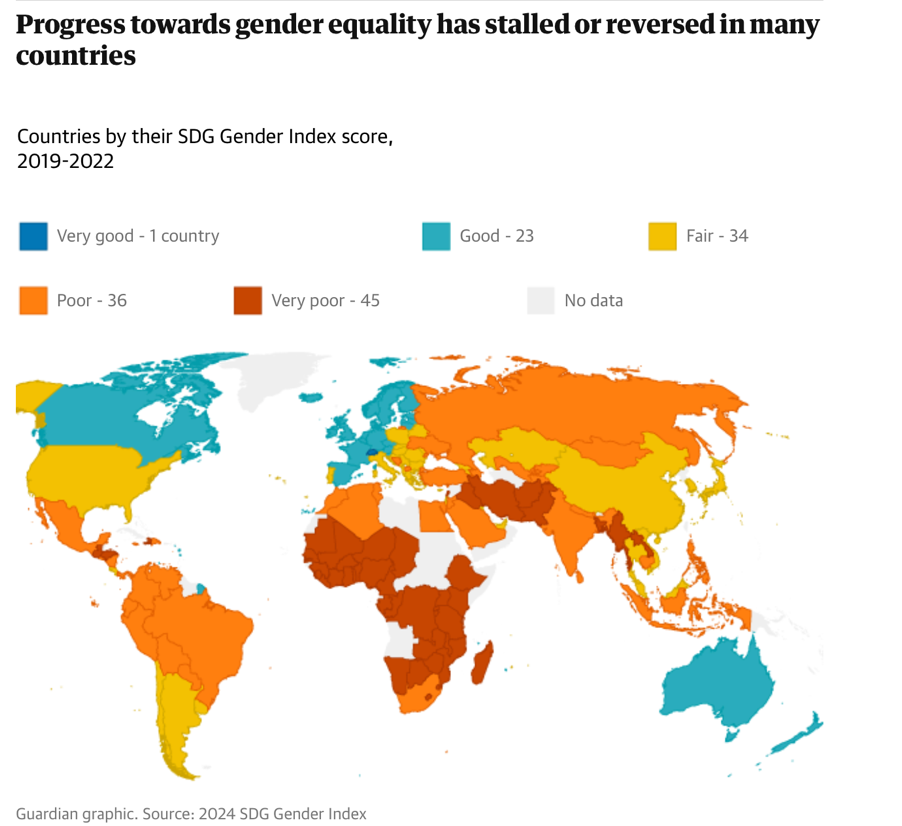How likely is a nuclear accident?
- Charly Anderson
- Jun 12, 2019
- 3 min read

HBO has recently released a mini-series ‘Chernobyl’ depicting the Chernobyl nuclear disaster that occurred in April 1986. The Economist declares that ‘Chernobyl’ is the highest-rated TV series ever. In light of the series, I questioned how likely it is for a nuclear accident – be that at a nuclear power station or involving nuclear weapons - to take place.
When considering human fallibility, I believe that at some point disaster will strike. Many scholars argue that nuclear weapons’ sole purpose is deterrence and that they are controlled by rational states, meaning that nuclear weapons accidents are not possible. In reality though, nuclear weapons are controlled by humans and mistakes can easily occur, especially through miscommunication.
In order to demonstrate what I mean by human fallibility, I refer to the examples of Petrov and the Norwegian rocket incident. Firstly, in 1983 a man named Stanislav Petrov was the duty officer at the command centre for the Oko nuclear early-warning system. In the early hours of the morning, the Soviet Union’s early-warning system detected an incoming missile strike from the USA, followed by several more. Petrov was supposed to report this so the Soviet Union could retaliate with their own missile. However, Petrov judged the reports as a false alarm and did not report them, therefore, going against Soviet protocol and saving the world.
Another example is the Norwegian rocket incident. In 1995 a group of American and Norwegian researchers launched a Black Brant XII sounding rocket from the Arctic Circle to study the Northern lights. The scientists had warned the USA, Russia, and 28 other countries of their plans and that it may be mistaken as a nuclear strike. However, Russian radar technicians did not receive this message, hence, they sent an alert to Moscow that a missile had been launched. President Boris Yelstin was then brought his nuclear-command suitcase in which Yelstin decided that it was not actually a first strike, and so did nothing.
These two examples illustrate that the mistaken and accidental use of nuclear weapons is not a just likely, it is currently a certainty. That is why all states must sign the Treaty to Prohibit Nuclear Weapons (TPNW). The TPNW was passed on 7 July 2017 and it aims at completely eliminating nuclear weapons. If a state adopts the treaty, it means that development, testing, producing, acquiring, possessing, stockpiling, use, and threat of use of nuclear weapons is prohibited, as well as assisting the prohibited activities. Additionally, if a state joins the treaty and possesses nuclear weapons, it provides a time-frame for their abolition. At this time there are 70 signatories and 23 state parties, however, in order for it to come into effect, signature and ratification by at least 50 countries is essential. In order to work toward this goal and raise awareness to the fact that banning nuclear weapons is in the best interest of a nations citizens, organisations such as International Campaign to Abolish Nuclear Weapons (ICAN) (which we at UNHS are a partner) have started to mobilise support from councils and individual parliamentarians. ICAN won The Nobel Peace Prize 2017 “for its work to draw attention to the catastrophic humanitarian consequences of any use of nuclear weapons and for its ground-breaking efforts to achieve a treaty-based prohibition of such weapons”. Consequently, if this support keeps expanding, more states will join the treaty, putting it into effect, resulting in the reduction of the likelihood of a nuclear accident.











Comments